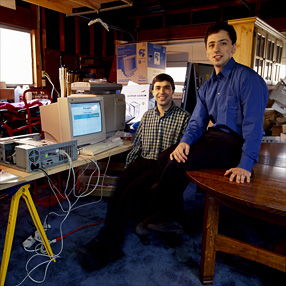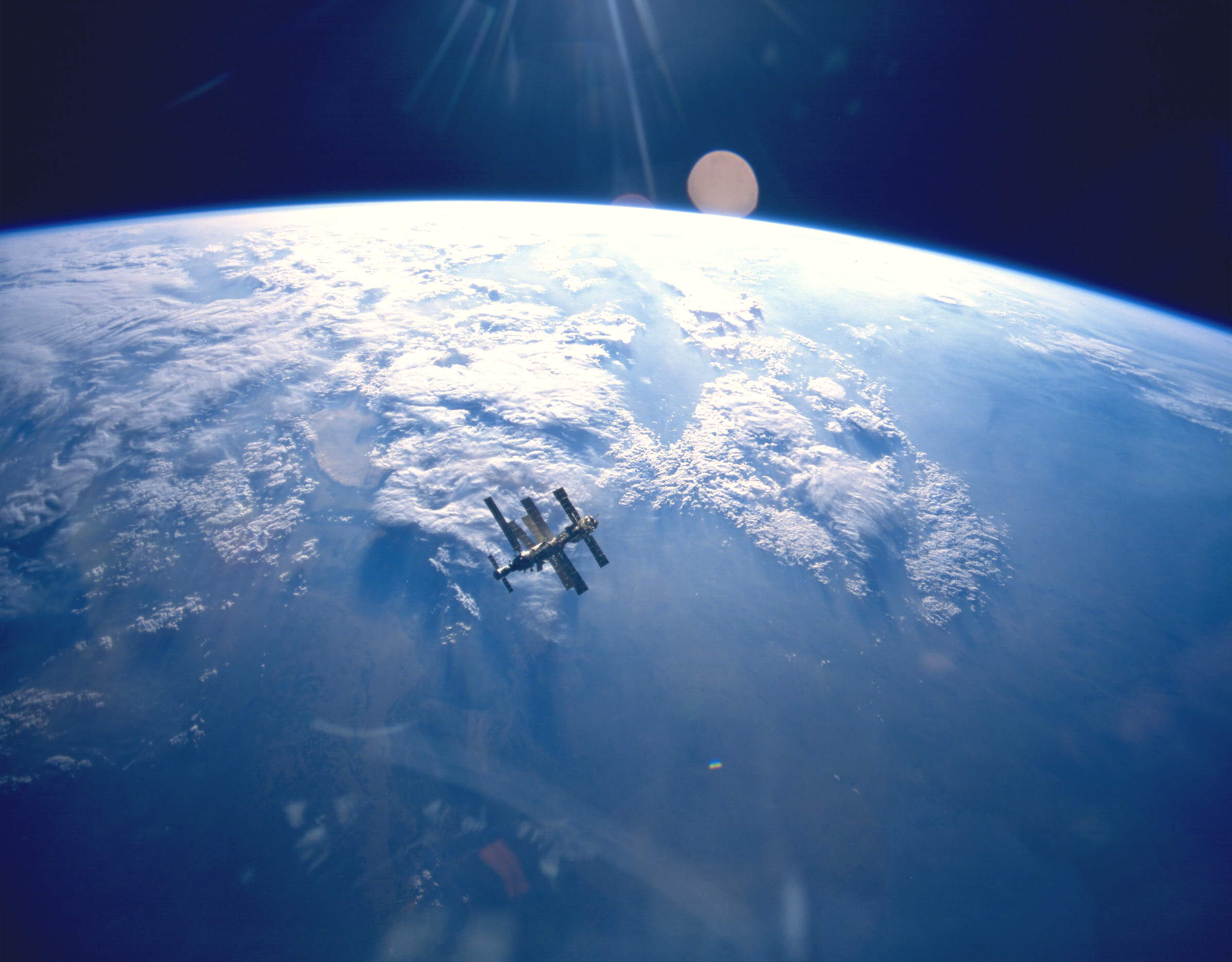 Hurricanes form through an exchange of warm, humid air and cold,
Hurricanes form through an exchange of warm, humid air and cold,unstable air between the upper and lower atmosphere.
From The L.A. Times
Global warming can't be blamed for the trifecta -- headed toward the Southeast U.S. -- meteorologists say. It's just 'peak season in an active hurricane cycle.'
Despite the prospect of three major tropical storms heading toward the Southeastern United States, meteorologists say that the conga-line assault is not particularly unusual in the stormy history of the region.
"We're in peak season in an active hurricane cycle, and this is one of the results of that," said Dennis Feltgen, a meteorologist and public affairs officer with the National Hurricane Center in Miami.
"We've had incidents where four or five storms have been stacked up."
The first of the storms, Hanna, was expected to reach the Carolina coast late Friday or early today with sustained winds of 65 mph, according to the National Weather Service.
Hurricane Ike was on a path to reach southern Florida early next week, and Tropical Storm Josephine was on deck between the western coast of Africa and the Caribbean.
Read more ....
















































